Zucchini is an unpretentious vegetable. In the southern regions, it is immediately grown in open ground without additional seed preparation. In the northern regions, where the heat comes late and does not last long, the culture is cultivated through seedlings, which are planted on beds after 20-30 days. So that the plants take root well, soil and holes are prepared before planting.
Content
Seed cultivation
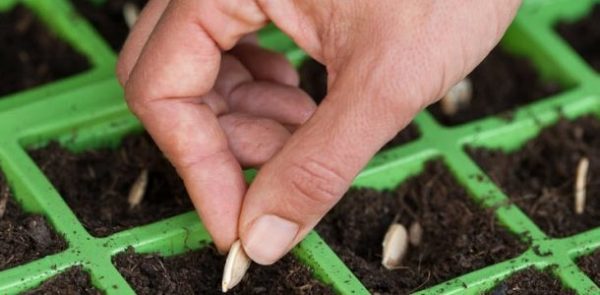
Zucchini is cultivated both from self-collected seed and from purchased. In the latter case, the producer must be taken into account, the date of packaging of the seeds, as well as the ripening dates of the variety. In the northern regions, late-ripening hybrids in open ground will not be able to realize their potential. Seeds of early varieties are best sown with an interval of 10 days to ensure wave-like ripening.
Seedling method
Seeds are sown for seedlings in the second half of April or early May. The main advantage is an earlier harvest. However, zucchini has a branched root system that is easy to damage. Plants do not tolerate transplants. This is the main disadvantage of the seedling method of cultivation. To avoid difficulties, seeds are sown in separate peat pots.
The soil for filling containers is prepared from peat, humus and sawdust in a ratio of 6: 4: 1. The substrate is first moistened, and then two seeds are planted into it to a depth of 3-4 cm. Seedlings are grown at a temperature of 17-20 ° C at well-lit windowsill. So she quickly took root plant in open ground seedlings should be on the 20-30th day after poking.
Reckless
The seeds are sown in open ground, taking into account that when seedlings appear, the threat of return frosts will disappear. As a rule, the establishment of stable weather for the middle zone, Siberia, and the Urals is characteristic from the end of May to the beginning of June. The advantages of this method are fewer labor costs, good plant immunity, which is ensured by development in a constant place.
However, in regions of risky farming, vegetable marrows need additional protection. The latter, some vegetable growers attribute to the minuses of sowing seeds immediately to the garden. As a covering material, a black film is used, which better warms the earth under the rays of the sun. The emergence of seedlings is constantly monitored in order to timely remove the protection or make cuts in it for seedlings.
Landing Nuances
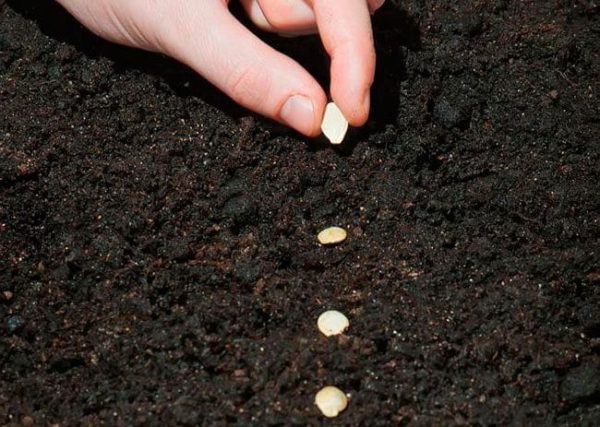
Despite the unpretentiousness of the culture, it has its own requirements for lighting, soil, drafts. To get a good harvest, you should consider the predecessors. Optimal - cabbage, mustard, radish, peas, potatoes, tomatoes, peppers. After pumpkin crops, beds for zucchini should not be outlined.
Seed preparation
You can sow seed and dry, without pre-treatment. However, to obtain rapid seedlings, seed preparation is carried out. First they are checked for germination, soaked for 20 minutes in a slightly pink solution of manganese. Those that remain on the surface are removed. The rest is wrapped in wet gauze.When the seeds swell, they are kept for about two days at a temperature of 0 ° C, then warmed up for a week. When the sprouts hatch a third of the length of the seed, the zucchini is sown in the selected manner.
Site selection and soil preparation
For zucchini choose a well-lit area with loose and fertile soil. If the territory has not been prepared since the fall, then 15 days before sowing seeds or planting seedlings, they dig it up on a bayonet shovel. At the same time, humus or compost (5-6 kg) is added with the addition of superphosphate (50 g) and wood ash (200 g), taking an area of 1 m2 as the basis for the calculation. It is permissible to lay fertilizers directly in the wells (a small handful of organic matter, a pinch of agrochemicals). Then they must be mixed with the extracted soil.
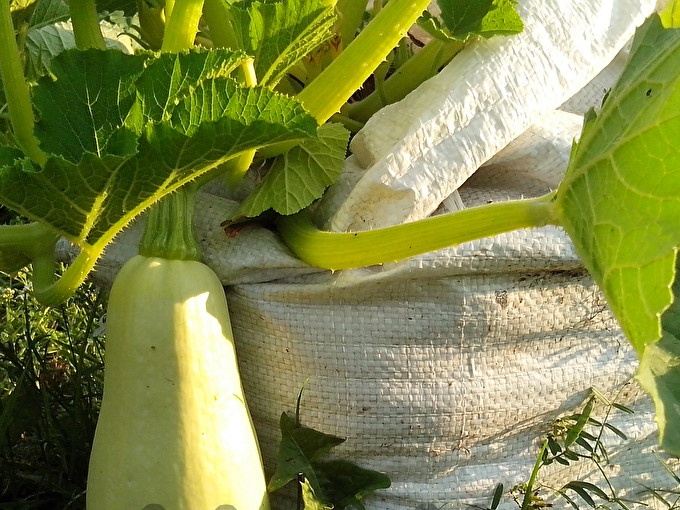 You may be interested in:
You may be interested in:Landing technology
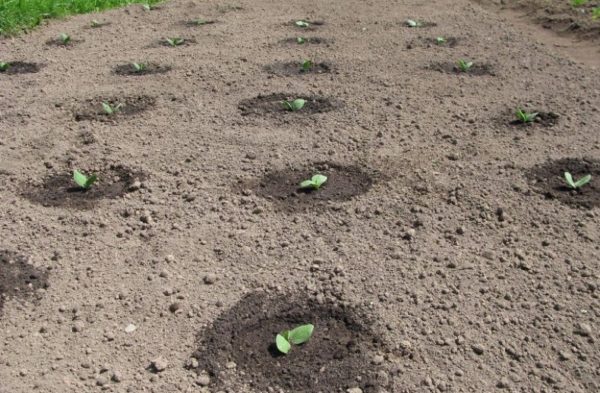
When the site is prepared, proceed to field work. The main steps:
- The holes are dug at a distance of 80 cm from each other.
- Seeds are sown to a depth of 5-6 cm on heavy soils, up to 10 - on light soils. For seedlings, the size of the planting hole should correspond to the root system of the seedling with an earthen lump.
- The first few days of planting the seedlings are shaded, and the seeds are covered with a protective film until the seedlings appear.
Zucchini Care
Zucchini is watered abundantly, but infrequently, to prevent stagnation of moisture in the roots. Water is used warm. During the procedure, drops should not fall on the shoots, otherwise the risk of developing fungal diseases increases. After rainfall or watering, the soil is loosened. Mulching has a good effect, which retains longer the friability of the earth in near-stem circles and moisture. Peat, sawdust, humus are used as mulch.
Vegetables need additional nutrition, especially when cultivated on poor soils. During the growing season, zucchini are fed twice:
- Before flowering, 30 g of ammonium nitrate, superphosphate and 10 g of potassium sulfate are diluted in a bucket of water. The working fluid is enough for 5 bushes.
- During fruiting - make a solution of mullein in a ratio of 1: 10. Fertilizer watered 7-8 plants.
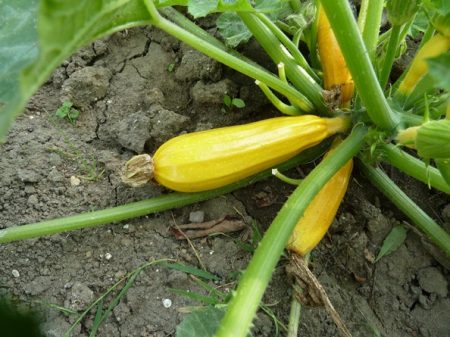 You may be interested in:
You may be interested in:Zucchini is a tasty and healthy vegetable with a rich chemical composition. Observing agrotechnical requirements and using some tricks to get a rich harvest of quality fruits is easy.

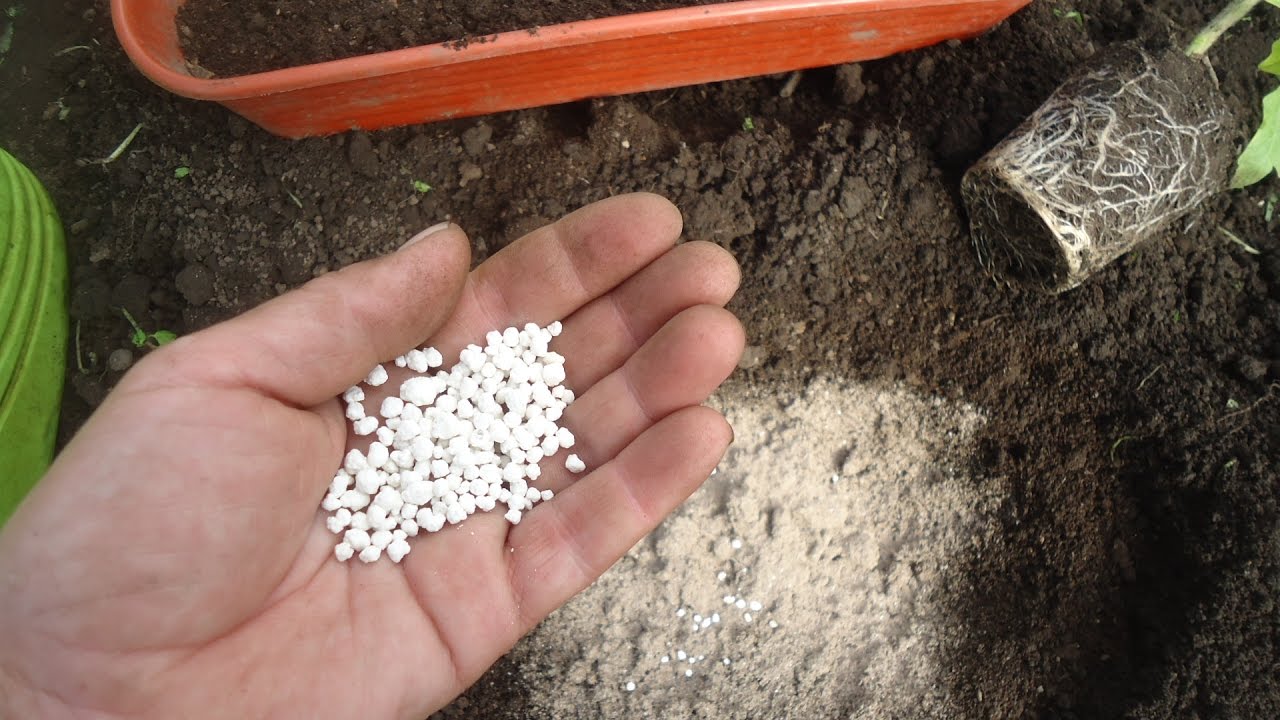
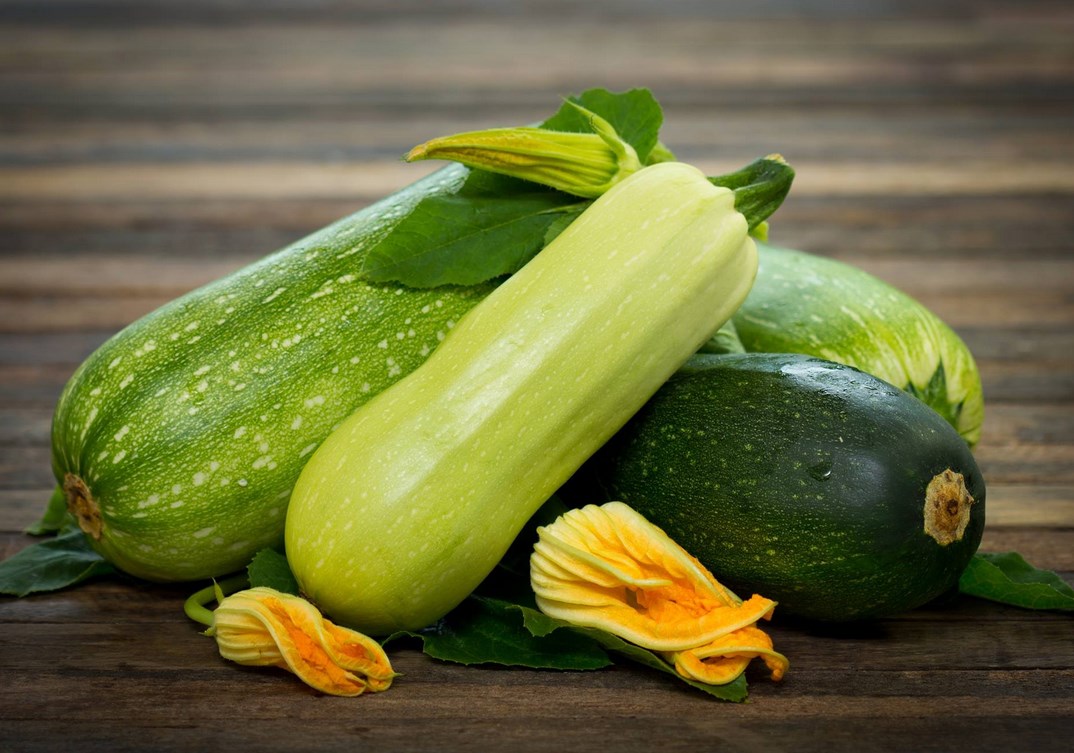
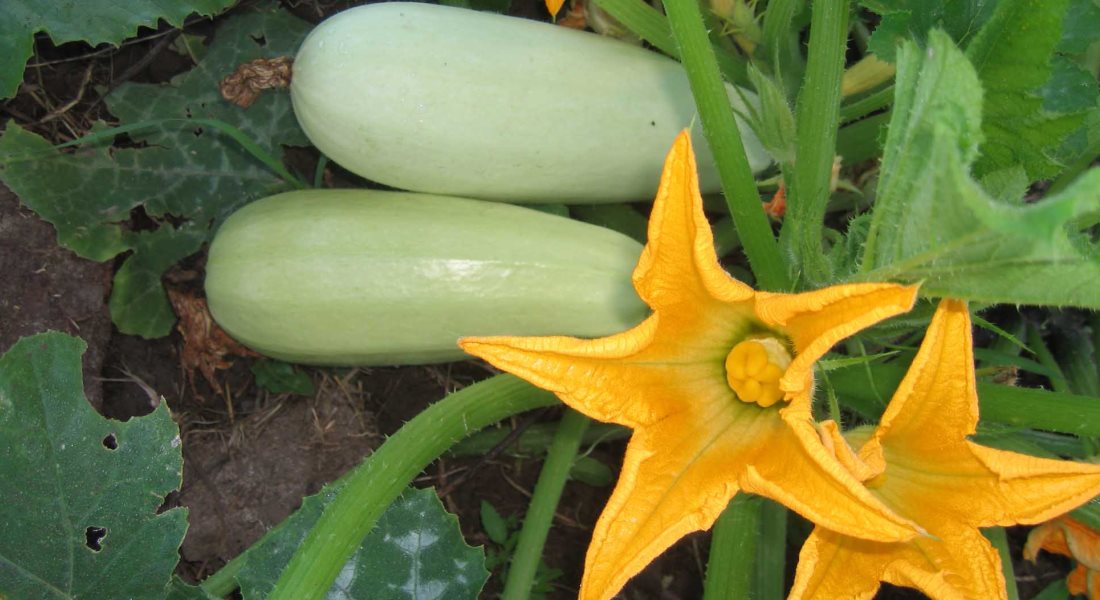
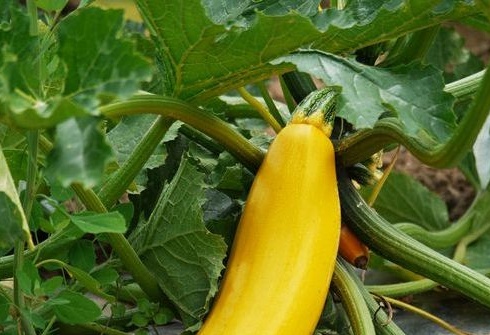 Favorable days for planting zucchini in 2024
Favorable days for planting zucchini in 2024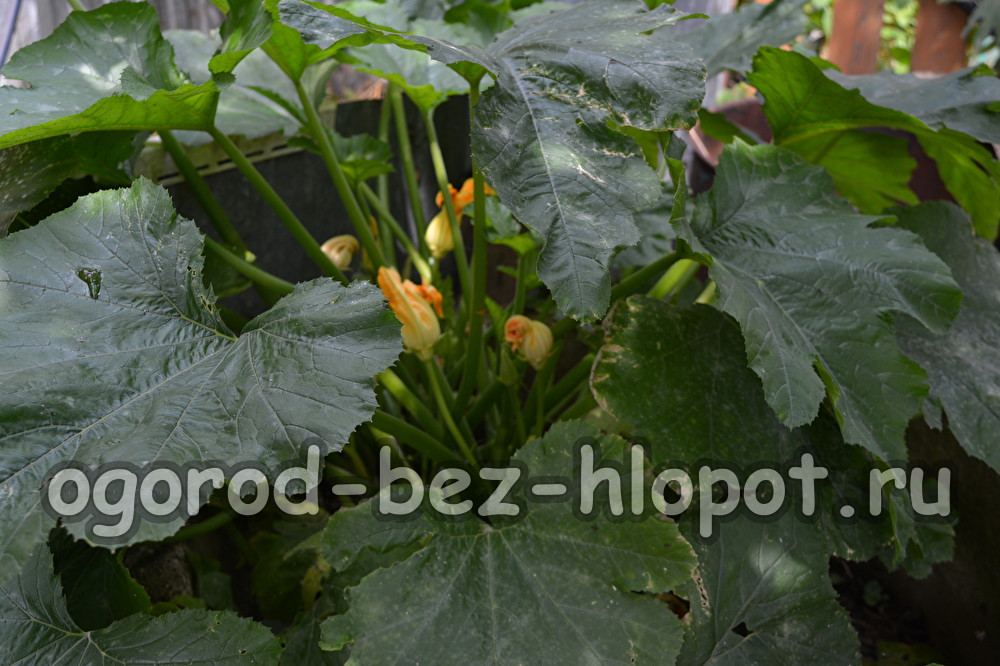 What are the courgettes grown on a warm bed
What are the courgettes grown on a warm bed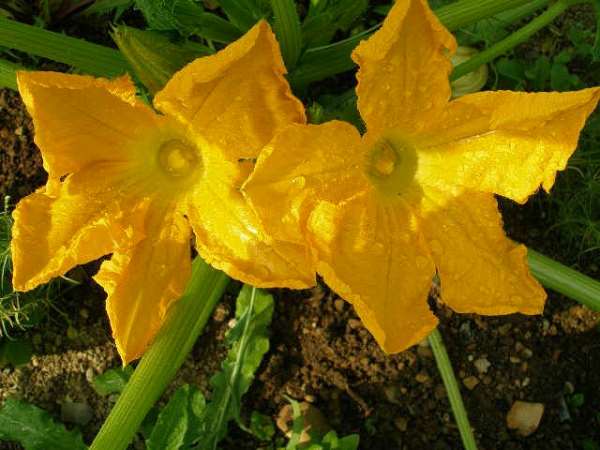 Zucchini only has male flowers, why? What to do
Zucchini only has male flowers, why? What to do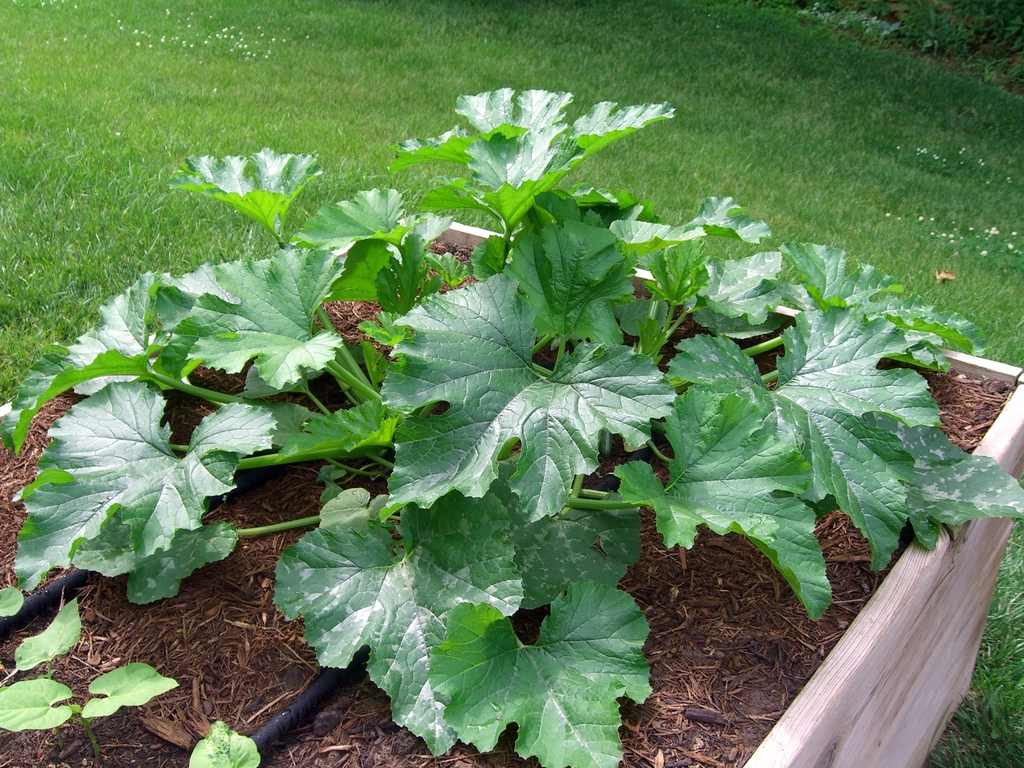 Zucchini grows, but there is no fruit - why?
Zucchini grows, but there is no fruit - why?